With the support of modern technology, low vision readers are now fortunate to be able to improve their reading experience through a variety of independent living assistive devices. Whether electronic magnifiers, text-to-speech devices or high-contrast reading tools, these assistive technologies can provide visually impaired individuals with a more easy and enjoyable way to read.
Why Low Vision People Need Independent Living Aids?
Vision loss usually happens because of various reasons such as accidental injuries, family history, eye disorders, or aging. It is actually a common circumstance that possibly occurs anytime around us. There are several types of vision loss: central vision loss, peripheral vision loss, blurry vision, tunnel vision, or legal blindness. Each type of vision loss may lead to different problems and challenges. What we can confirm is that people’s life would definitely change due to vision loss. So, what is on earth the world like when people start to meet vision loss situations?
 Having trouble reading and writing, having difficulty navigating the surrounding areas, having to give up some hobbies…all these problems somehow can be summarized as gradually losing partial independent living skills because of vision loss. Therefore, to provide reliable vision loss solutions for people who have vision loss, independent living aids are the key factor.
Having trouble reading and writing, having difficulty navigating the surrounding areas, having to give up some hobbies…all these problems somehow can be summarized as gradually losing partial independent living skills because of vision loss. Therefore, to provide reliable vision loss solutions for people who have vision loss, independent living aids are the key factor.
Not only providing more independence for people with low vision, independent living aids can also improve the quality of life for people with low vision. To be more specific, electronic magnifiers and text-to-speech devices make reading easier and more enjoyable, opening up wider access to information, including books, newspapers and online content. This is how independent living aids can improve the life quality of people with visual impairments.
Furthermore, the use of independent living aids contributes to the enhancement of social interactions among individuals with low vision. By improving abilities in reading, writing, and information access, these magnification aids build greater confidence, enabling individuals to actively participate in social activities, strengthen social connections, and avoid feelings of isolation associated with visual impairments. Positive social interactions play a crucial role in maintaining mental well-being and establishing support networks.
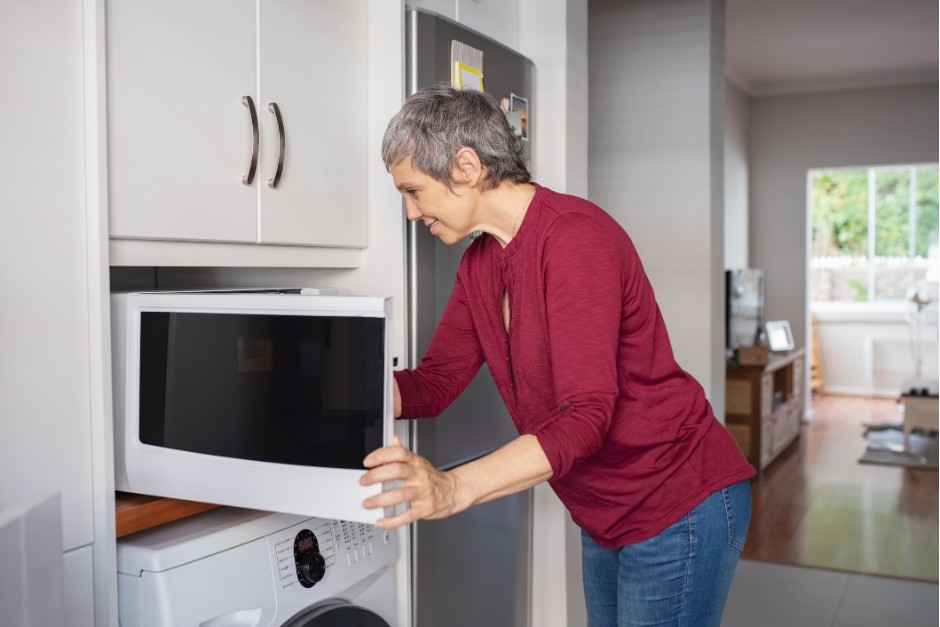 At the same time, independent living assistive technology also plays a crucial role in increasing safety for people with low vision. High-contrast reading tools and magnifying glasses reduce eye fatigue while reading to improve reading accuracy and reduce errors. These devices also help them identify obstacles in their environment more easily, making their movements much safer.
At the same time, independent living assistive technology also plays a crucial role in increasing safety for people with low vision. High-contrast reading tools and magnifying glasses reduce eye fatigue while reading to improve reading accuracy and reduce errors. These devices also help them identify obstacles in their environment more easily, making their movements much safer.
In our daily life, there are many things that we need to identify through reading. For instance, use kitchen utensils in the kitchen, check the instructions for use before taking medicine, read books to learn knowledge, and read novels or magazines for entertainment. All these behaviors need to be supported or achieved through reading. Thus, independent living assistive devices are often designed to enhance visual abilities. Through these assistive devices, people with low vision can complete reading activities easily and confidently.
The Best Independent Living Aids
To help people with vision loss improve their life quality and maximize the ability of their residual vision, let’s delve into the different types of independent living aids and figure out the best ones for reading with low vision.
- Magnifying Aids
Common magnifying aids for people with low vision include traditional magnifiers and digital magnifiers. Both these two devices are able to assist visually impaired people in reading, while they have different functions and benefits.
Traditional Magnifiers: These handheld devices enable users to magnify printed materials such as books and newspapers. By using the handheld magnifier with different magnification levels, individuals with low vision can read text more clearly, enhancing visibility and reading efficiency. This type of assistive tool is particularly portable and easy to use.
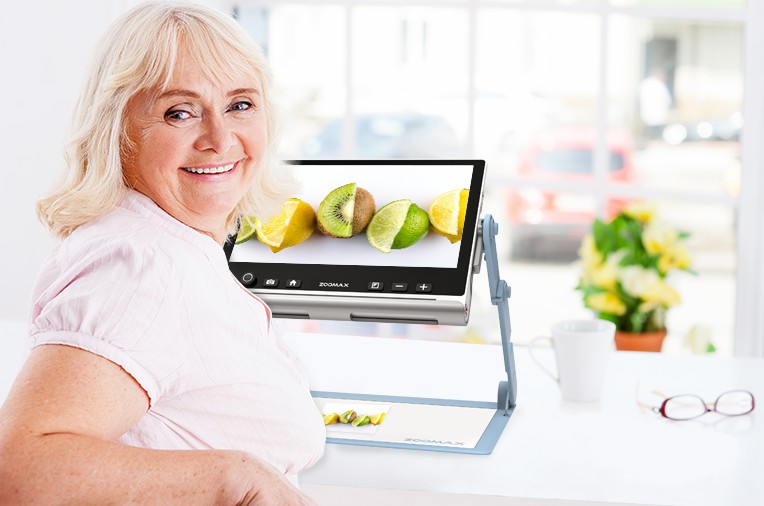 Digital Magnifiers: Electronic magnifiers stand out for their modernity and versatility. They use a camera to capture text and display it on the screen with adjustable magnification and color contrast, giving users a wider field of view and ideal for long reading sessions. Moreover, digital magnifiers sometimes are available for multiple functions such as capturing and saving the images, text-to-speech function, or other additional functions. They also have various types like handheld, portable, wearable, or desktop to meet people’s needs as much as possible. You can have more detailed information in Zoomax low vision aids.
Digital Magnifiers: Electronic magnifiers stand out for their modernity and versatility. They use a camera to capture text and display it on the screen with adjustable magnification and color contrast, giving users a wider field of view and ideal for long reading sessions. Moreover, digital magnifiers sometimes are available for multiple functions such as capturing and saving the images, text-to-speech function, or other additional functions. They also have various types like handheld, portable, wearable, or desktop to meet people’s needs as much as possible. You can have more detailed information in Zoomax low vision aids.
- Screen Readers
A screen reader is software used on a computer to convert text on the screen into an audible or touchable form through speech synthesis or braille output. This technology is the best choice for helping visually impaired people access information. It allows individuals with low vision to access digital content like emails, web pages, and documents through auditory or tactile means. Common screen readers on the market include JAWS (Job Access With Speech), NVDA (NonVisual Desktop Access), and VoiceOver.
- Lighting Aids
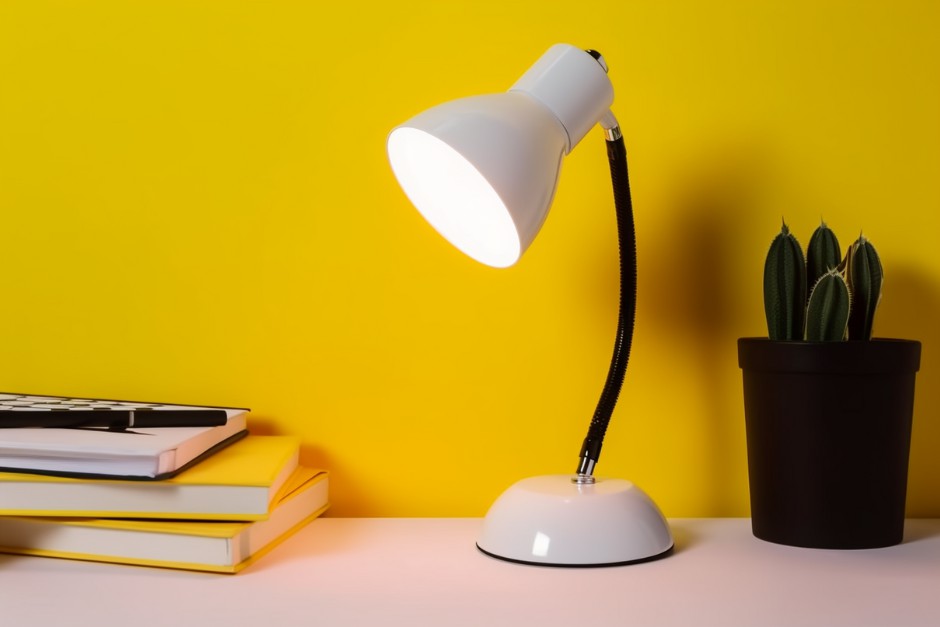 Many people may ignore that the lighting environment is extremely crucial for people with low vision. It’s actually also the easiest way to assist low vision people in reading. In this case, providing bright, adjustable lighting plays a vital role in reducing eye fatigue and enhancing visibility during reading. Meanwhile, lighting aids for low vision groups can include adjustable floor lamps, clip-on lights, natural light simulation lamps, and smart lighting systems to create a comfortable and suitable environment for visually impaired people to read relaxingly.
Many people may ignore that the lighting environment is extremely crucial for people with low vision. It’s actually also the easiest way to assist low vision people in reading. In this case, providing bright, adjustable lighting plays a vital role in reducing eye fatigue and enhancing visibility during reading. Meanwhile, lighting aids for low vision groups can include adjustable floor lamps, clip-on lights, natural light simulation lamps, and smart lighting systems to create a comfortable and suitable environment for visually impaired people to read relaxingly.
- Large Print Books and Displays
Large print is a physical form that enhances the reading experience for people with low vision. It often uses larger fonts, improving the readability of printed materials. Large print books, newspapers, and digital devices that support large print displays, such as tablets and e-book readers, all provide users with an easier reading experience by physically magnifying text. It is simple to operate, but it’s not flexible enough to support abundant reading requirements.
- Braille Displays
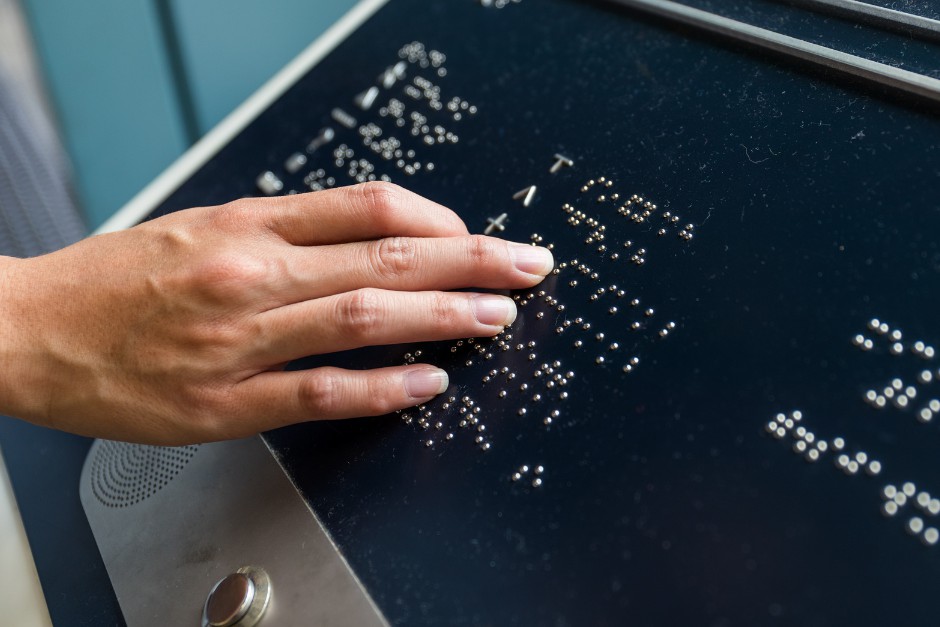 For people with vision loss who are diagnosed as legal blindness, the Braille displays can be an important character for them. Braille displays present text on screens using a series of small touchpoints, offering a tactile reading experience for those proficient in Braille. Obviously, this type of technology enhances access to digital content for individuals who read Braille. Popular braille display solutions include Focus 14 Blue 5th Gen of Freedom Scientific, and Brailliant BI 40X braille display of Humanware.
For people with vision loss who are diagnosed as legal blindness, the Braille displays can be an important character for them. Braille displays present text on screens using a series of small touchpoints, offering a tactile reading experience for those proficient in Braille. Obviously, this type of technology enhances access to digital content for individuals who read Braille. Popular braille display solutions include Focus 14 Blue 5th Gen of Freedom Scientific, and Brailliant BI 40X braille display of Humanware.
- E-book Readers and Smartphone Apps
E-book readers and smartphone apps are also modern measures of supporting reading for people with vision loss. E-book readers such as Kindle and Nook are able to provide adjustable font size, contrast and background color to adapt to different vision needs. Smartphone apps use the same principle. Some apps support audiobooks, which provide users with an auditory reading experience. Some commonly used reading apps are Kindle, Apple Books, Google Play Books, etc.
- Smart E-Glasses
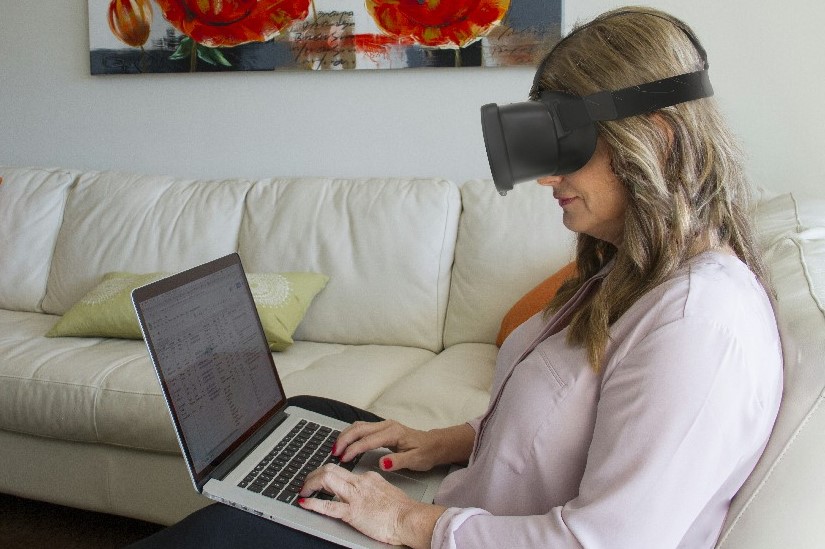 Smart E-glasses that use Augmented Reality (AR) or Virtual Reality (VR) technology, such as Acesight and Acesight VR, can enlarge and display text in the user’s field of view in real time, making it easier for users to read signs, menus, or watch movies and concerts. The advantage of this kind of equipment is that it uses advanced technology and has more diverse functions. And it can help people free their hands during use, allowing users to customize the reading experience according to their needs.
Smart E-glasses that use Augmented Reality (AR) or Virtual Reality (VR) technology, such as Acesight and Acesight VR, can enlarge and display text in the user’s field of view in real time, making it easier for users to read signs, menus, or watch movies and concerts. The advantage of this kind of equipment is that it uses advanced technology and has more diverse functions. And it can help people free their hands during use, allowing users to customize the reading experience according to their needs.
With different extents of low vision and multiple applicable scenarios, it’s recommended that visually impaired people visit a low vision center or store to try the products themselves. Choose the product according to your main purpose of use, and you will be able to choose the best low vision aids that suit you.

